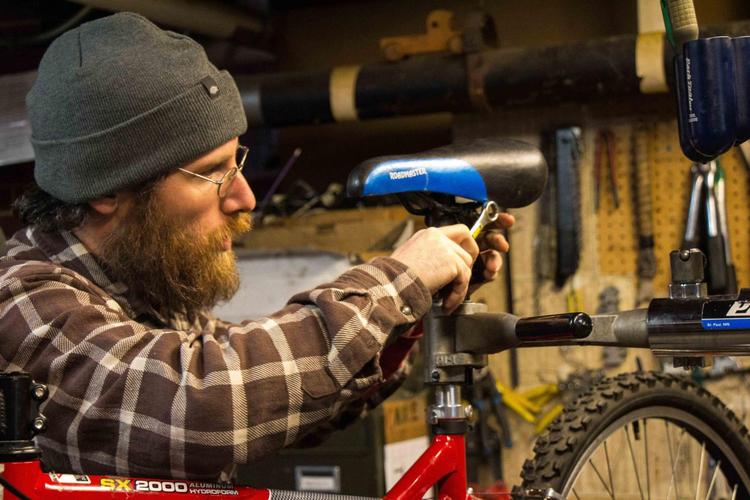How Do Ball Bearings Work? A Comprehensive Guide to Types, Applications, and Maintenance
Ball bearings are precision-engineered components designed to reduce rotational friction between moving parts in machinery. They utilize small metal spheres housed within concentric rings to distribute load efficiently while enabling smooth motion. This fundamental mechanical solution has revolutionized industries by minimizing energy loss and extending equipment lifespan across automotive, aerospace, and manufacturing sectors.
1. types of ball bearings2. ball bearing applications
3. ball bearing maintenance
4. ball bearing components
5. ball bearing vs roller bearing
1. Types of Ball Bearings
 Radial ball bearings handle perpendicular loads to the shaft axis, commonly used in electric motors. Angular contact bearings manage combined radial and axial loads through angled raceways. Thrust bearings specifically handle parallel axial loads in gearboxes. Self-aligning bearings compensate for shaft misalignment with spherical outer rings. Miniature bearings enable precision in medical devices and robotics. Each variant employs unique geometries and materials like chrome steel or ceramic hybrids to optimize performance under specific operational stresses and environmental conditions.
Radial ball bearings handle perpendicular loads to the shaft axis, commonly used in electric motors. Angular contact bearings manage combined radial and axial loads through angled raceways. Thrust bearings specifically handle parallel axial loads in gearboxes. Self-aligning bearings compensate for shaft misalignment with spherical outer rings. Miniature bearings enable precision in medical devices and robotics. Each variant employs unique geometries and materials like chrome steel or ceramic hybrids to optimize performance under specific operational stresses and environmental conditions.
2. Ball Bearing Applications
Automotive wheel hubs utilize tapered roller bearings for multi-directional load capacity. Industrial pumps employ stainless steel bearings for corrosion resistance. Aerospace applications require high-temperature ceramic hybrids. Computer cooling fans use shielded miniature bearings for dust protection. Medical imaging equipment relies on ultra-quiet non-magnetic variants. Manufacturers select bearing types based on load requirements (static/dynamic), rotational speed limits (DN value), temperature range (-60°C to 300°C), and environmental factors like chemical exposure or vacuum conditions.
3. Ball Bearing Maintenance
Proper lubrication intervals prevent metal-to-metal contact: grease replenishment every 6-12 months for industrial machinery. Vibration analysis detects early raceway defects through FFT spectrum monitoring. Contamination control requires IP-rated seals - SKF's W33 designation indicates optimized seal geometry. Relubrication procedures specify purging old grease completely before adding fresh lubricant. Storage protocols mandate climate-controlled environments below 65% humidity. Advanced maintenance techniques include laser alignment (0.002mm precision) and ultrasonic monitoring for incipient failure detection.
4. Ball Bearing Components
The inner ring press-fits onto rotating shafts with H7/k6 tolerance. Outer rings interface with static housings using transition fits. Balls (Grade 10-200) maintain dimensional accuracy within 0.0001". Retainers (cages) guide ball movement - brass cages for high-speed applications, polymer cages for chemical resistance. Shield configurations include Z-type (metal) or LLU (contact rubber seals). Specialty bearings incorporate sensors for real-time temperature (RTD) and vibration (MEMS accelerometer) monitoring, enabling predictive maintenance through IoT integration.
5. Ball Bearing vs Roller Bearing
Ball bearings excel in high-speed applications (up to 500,000 RPM) with lower friction coefficients (0.001-0.002). Roller bearings handle heavier loads through line contact - cylindrical variants support 20-40% greater radial loads. Tapered roller bearings uniquely manage combined loads in gearboxes. Needle rollers enable compact designs in transmission systems. Thermal expansion considerations differ: steel balls expand 11µm/m°C vs ceramic's 3.5µm/m°C. Hybrid bearings combine steel races with silicon nitride balls for extreme environments requiring electrical insulation and reduced weight.
Understanding ball bearing mechanics proves essential for optimizing machinery performance. From selecting appropriate types like angular contact or thrust bearings to implementing proper lubrication schedules, each aspect impacts operational efficiency. The comparison with roller bearings highlights critical design trade-offs between speed capacity and load handling. Modern maintenance techniques utilizing IoT sensors now enable predictive replacement strategies, while advanced materials like full-ceramic bearings push temperature limits beyond traditional steel components. These engineering solutions continue evolving to meet demands in renewable energy systems and precision robotics.
Ball bearings remain indispensable in mechanical systems through their unmatched ability to reduce friction and wear. This guide has explored their fundamental operation, diverse configurations, maintenance protocols, and comparative advantages. By applying this knowledge, engineers can enhance equipment reliability, reduce energy consumption, and extend service intervals across industrial applications.




 13869596835
13869596835